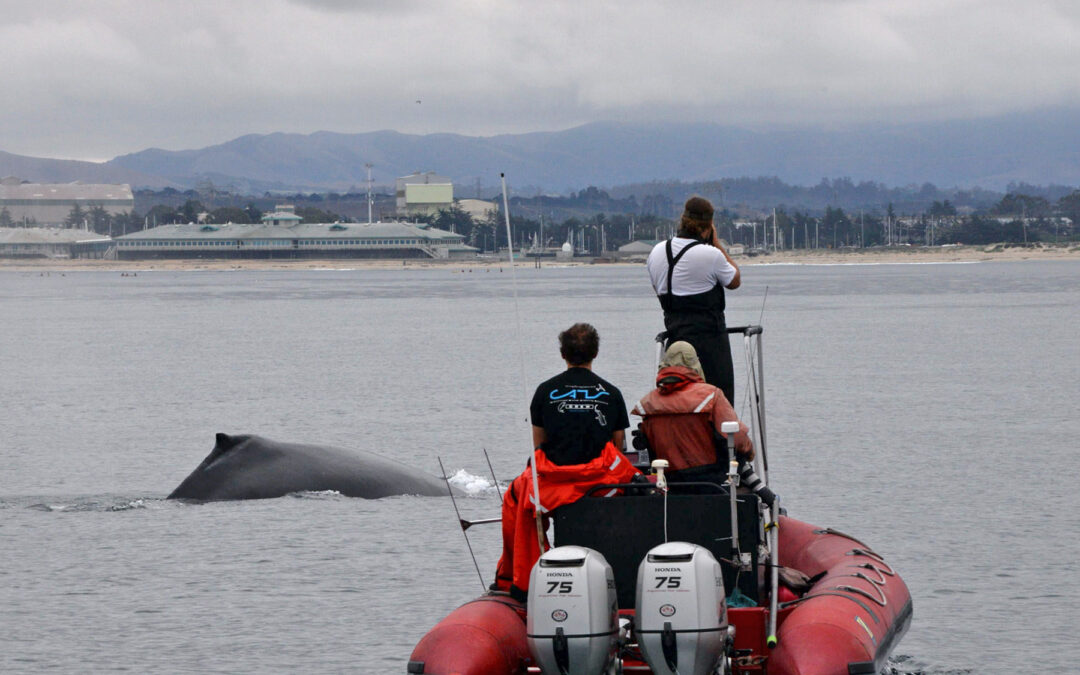Abstract: Low-frequency sound from large vessels is a major, global source of ocean noise that can interfere with acoustic communication for a variety of marine animals. Changes in vessel activity provide opportunities to quantify relationships between vessel traffic levels and soundscape conditions in biologically important habitats. Using continuous deep-sea (890 m) recordings acquired ∼20 km (closest point of approach) from offshore shipping lanes, we observed reduction of low-frequency noise within Monterey Bay National Marine Sanctuary (California, United States) associated with changes in vessel traffic during the onset of the COVID-19 pandemic. Acoustic modeling shows that the recording site receives low-frequency vessel noise primarily from the regional shipping lanes rather than via the Sound Fixing and Ranging (SOFAR) channel. Monthly geometric means and percentiles of spectrum levels in the one-third octave band centered at 63 Hz during 2020 were compared with those from the same months of 2018–2019. Spectrum levels were persistently and significantly lower during February through July 2020, although a partial rebound in ambient noise levels was indicated by July. Mean spectrum levels during 2020 were more than 1 dB re 1 μPa2 Hz–1 below those of a previous year during 4 months. The lowest spectrum levels, in June 2020, were as much as 1.9 (mean) and 2.4 (25% exceedance level) dB re 1 μPa2 Hz–1 below levels of previous years. Spectrum levels during 2020 were significantly correlated with large-vessel total gross tonnage derived from economic data, summed across all California ports (r = 0.81, p < 0.05; adjusted r2 = 0.58). They were more highly correlated with regional presence of large vessels, quantified from Automatic Identification System (AIS) vessel tracking data weighted according to vessel speed and modeled acoustic transmission loss (r = 0.92, p < 0.01; adjusted r2 = 0.81). Within the 3-year study period, February–June 2020 exhibited persistently quiet low-frequency noise and anomalously low statewide port activity and regional large-vessel presence. The results illustrate the ephemeral nature of noise pollution by documenting how it responds rapidly to changes in offshore large-vessel traffic, and how this anthropogenic imprint reaches habitat remote from major ports and shipping lanes.
Related Links
New research reveals ocean noise from shipping traffic reduced during COVID-19 pandemic | MBARI
Whales in the Monterey Bay benefited from quieter waters during the pandemic | KSBW
COVID: How the pandemic may have helped whales off California | The Mercury News

